There are a whole lot of practices considered to be Arts and it can be said that arts existed for so long time dating back to the prehistoric era. But what can we say about design too? Insights from a certain perspective have been gathered into this article to clear your mind on certain questions you might not have gotten answers for. Arts as a practice involves weaving, molding in clay, sculpture, dancing, drumming, dressing, even food culture, and a whole lot more are examples of art forms that exhibit different qualities and functionalities.
What is an example of art that deals with photo preservation?
One example of an art that seeks to nicely package images, especially in this digital age is a kind known as Photo lamination. Talking about this photo lamination is not just about preserving an image but adding artistic value to it and the major material considered in this instance is wood.
Wooden photo lamination is a type of photo lamination that involves the way of preserving an image in a manner making it look attractive, durable, portable, and valuable. This process involves the use of properly cut wood with a printed image fixed on it and the picture further covered with epoxy chemicals or glossy rubber or any other means that keeps the picture from defacing.
Breakdown of process
After gathering all tools and materials with the picture also ready (printed on a quality photo paper), the process goes like this:
- A wooden board is cut into required size and smoothened well. Printed image is fixed unto the board using glue. NB: The size of picture must have a margin of less than 0.2cm from the edges of the board.
- Now that the picture is fixed unto the board, apply the glossy lamination rubber or matt lamination rubber by cutting it according to the size of the wood and removing the back as you clean the surface for it to stick.
- You can now roll over the lamination rubber for everything to stick permanently. A bright rubber that is gold in color is them attached round the edges of the wooden board to add to the decoration.
Why preserve a picture?
For memories.
For historical or reference purposes.
Importance of wooden photo lamination over a glass
Doesn't break when it falls to the ground as compared to glass.
Easy to transport anywhere.
Its smooth and glossy nature makes it a useful element for interior or exterior decoration.
IS ART THE SAME AS DESIGN?
Art is normally a way of expressing one's feelings to the world.
Design is always purpose-driven but art can be done without a definite purpose.
Design is geared towards solving a problem and it is targeted at a particular audience to communicate.
Can art practitioners depend totally on art for a living?
Once I got in touch with a young ceramic artist who produces all kinds of ceramic products in his ceramic factory if I may refer to it so. He says he is living on the income generated from the sale of their products and out of that his employees to are paid. It depends on the type of venture and the environment in which the activities are being undertaken. In some areas, most artworks are highly patronized during festive seasons and some of the artworks that go well for business in festive seasons are beads, hats, handbags, footwear, clothes, etc.
When should I start practicing art?
There is no particular stage say a person has to reach before beginning to practice any kind of art but it is a matter of what expression. Some, they can know art is a talent for them and others have to learn it to achieve whatever their intentions are.
How will it be in the absence of art?
It is always said that 'Art is life'. For a surety, we make use of a whole lot of art products that I believe life will be some way without the existence of art works. Think about the clothes that finally end up being our garments, shirts, dresses? Consider the different kinds of foot wear, furniture, metal products and many everyone can think of. So, from all aspects, it is a clearly established fact that art is made use of everyday and for that matter art is very important and artists in different fields of art have the opportunity to live on the art.
What are a raster image and a vector image?
A raster image is formed by the coming together of small tiny dots or boxes called pixels that carry picture information like color. The quality of a picture also depends on the resolution. For example, setting an image to a resolution of say 300ppi(ppi means pixels per inch), there will be 300 pixels in a square inch of the image. The high the resolution, the higher the picture quality and also the higher the picture size. Examples of raster graphics or image formats are jpeg, png, tiff, etc.
A vector image is formed by the use of Mathematical algorithms where coordinates points are used to generate the image. Vector images are different from raster images such that vector images are highly scalable without loss of picture quality but as raster images are scaled, the images becomes pixelated which means that the tiny dots called pixels begin to show so clearly.
What are pixels?
Pixels are tiny dots that come together to form an image in raster graphics and they each carry a picture information or element that when put together forms a whole image.
Differences between font and typeface
A typeface describes a category or kind of letter which might be a serif, san-serif, or decorative kind with unique features that differentiates it from another identifiable group of letters. E.g Helvetica, Arial, New Times Roman etc.
A font is found in a typeface and it defines the size or appearance of a particular typeface. So, in short, font refers to the unique ways a particular typeface can appear. e.g bold, italic, condensed, etc.
What should you do if your proposal for a design job is rejected?
Quite an interesting question. Know or inquire about what exactly resulted in the rejection and work accordingly to improve on that weakness. For instance, if your work sample attached to a job proposal does not meet a client's current need, he might not accept the proposal to give you the offer but it does not mean you aren't good to do more research about a job posting before submitting a proposal so that you will be relevant. In any way, the case might be, always receive the outcomes with all patience and try not to look down on yourself but believe in your abilities and keep trying the chances.
What is Visual Communication?
In modern-day communication, many people or better referred to as audiences have become visually literate which means that a lot of people can decode meanings from visual or graphical images. Visual Communication is a way of using visual language to communicate a message to a target group of people. Before the process of visual communication begins, the designer tries to understand the mind and the mind's eye of the audience and this process helps to know what exactly is the visual taste of the audience and what is it that influences their decision talking of the things they see in everyday life.
What is a design process?
The design process is the procedure every design product creation undergoes. Every designer makes use of this process to create a meaningful outcome or design.
Stages in the design process
Empathy → Research → Ideation → Prototype → Final Product
Empathy is the first stage in design thinking or the design process and it involves the design brief. The design brief simply is the awareness of a problem that needs to be solved or in other terms the identification of a problem or need.
Research involves inquiry into the state of the problem, how it can be solved, and looking out for similar solutions to have a full understanding of the problem and the right approach to creating a lasting and effective solution.
Ideation/ idea development is the process of putting together ideas that have been attained from the empathy and research stage of the process. Here, the designer puts together everything that comes to mind to meaningfully construct a solution that will fit the need.
A prototype is like a design made after a final idea has been put to creation. The prototype is not the final work and hence it is subject to correction and even total dissolution.
Final product or design: The prototype is submitted for review and then the client recommends any changes which the designer takes into use to produce a final design that can be reproduced into many copies. A final product is an actual solution that now is capable of solving the problem at hand.
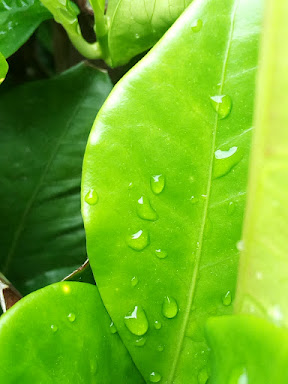


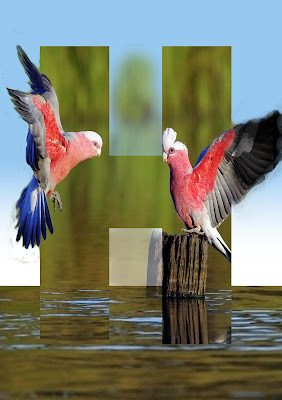

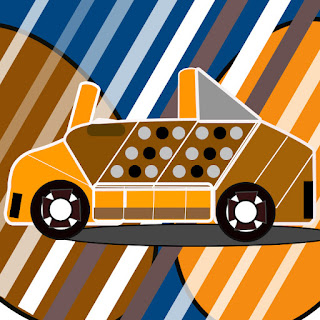


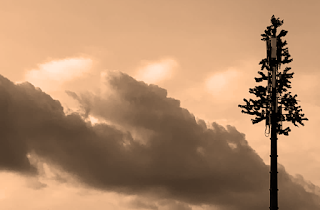
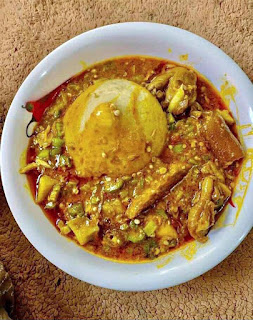

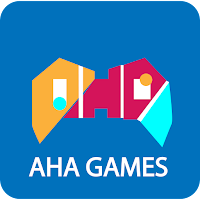
Comments
Post a Comment
Share your views on this insightful content